What does a flat white taste like? This espresso-based drink has gained popularity in recent years and can be found on the menus of many specialty coffee shops.
When it comes to taste, a flat white is all about the espresso. The milk balances out the bitterness and acidity of the coffee but doesn’t overpower it. The microfoam adds a slight sweetness and creaminess to the drink. Overall, a well-made flat white should have a bold, rich coffee flavor with a smooth and creamy finish.
Keep reading to learn more about this beverage that originated in Australia and New Zealand!
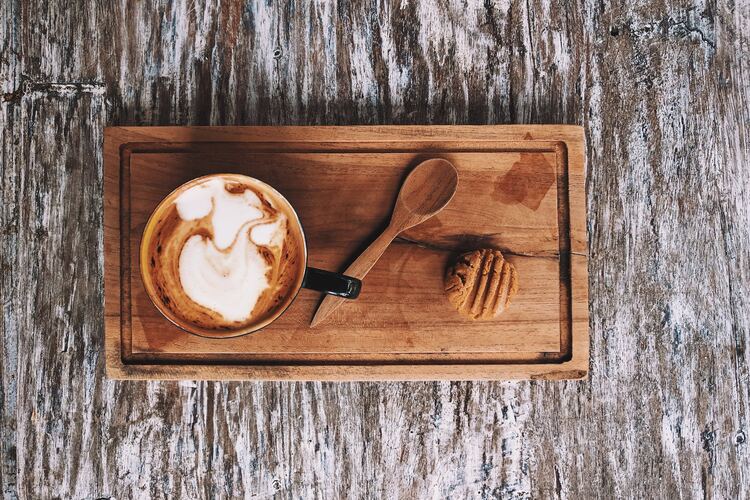
Understanding Flat White
The flat white is believed to have originated in either Australia or New Zealand, depending on who you ask. Some sources say it was first created in Sydney in the 1980s, while others claim it was invented in Wellington around the same time. Regardless of its exact origins, there’s no denying that the flat white has become a beloved coffee beverage in both countries.
The term “flat white” refers to how the drink is prepared. Unlike a latte, made by pouring steamed milk over a shot of espresso, a flat white is made by pouring microfoam (steamed milk with tiny bubbles) over a shot of espresso. This creates a velvety texture and a smooth, rich taste that sets the flat white apart from other coffee drinks.
Alan Preston and Fraser McInnes are often associated with the creation of the flat white. Preston is said to have introduced the drink to Melbourne in the early 1990s, while McInnes is credited with inventing the flat white in Wellington. Regardless of who actually came up with the idea, there’s no denying that the flat white has become a staple in coffee shops worldwide.
If you want to try a flat white for yourself, you won’t have to look far. Many coffee shops now offer this delicious beverage, and some even specialize in it. Moors Espresso Bar, for example, is a popular coffee shop in Sydney known for its superb flat whites.
Starbucks even offers a flat white on its menu. If you want a larger size, you can order a grande flat white at Starbucks.
Flat white has become a popular choice among coffee drinkers in the UK. Many coffee shops now offer this beverage on their menu, and it’s not uncommon to see someone ordering a flat white at a local café.
So why not try it and see what all the fuss is about?
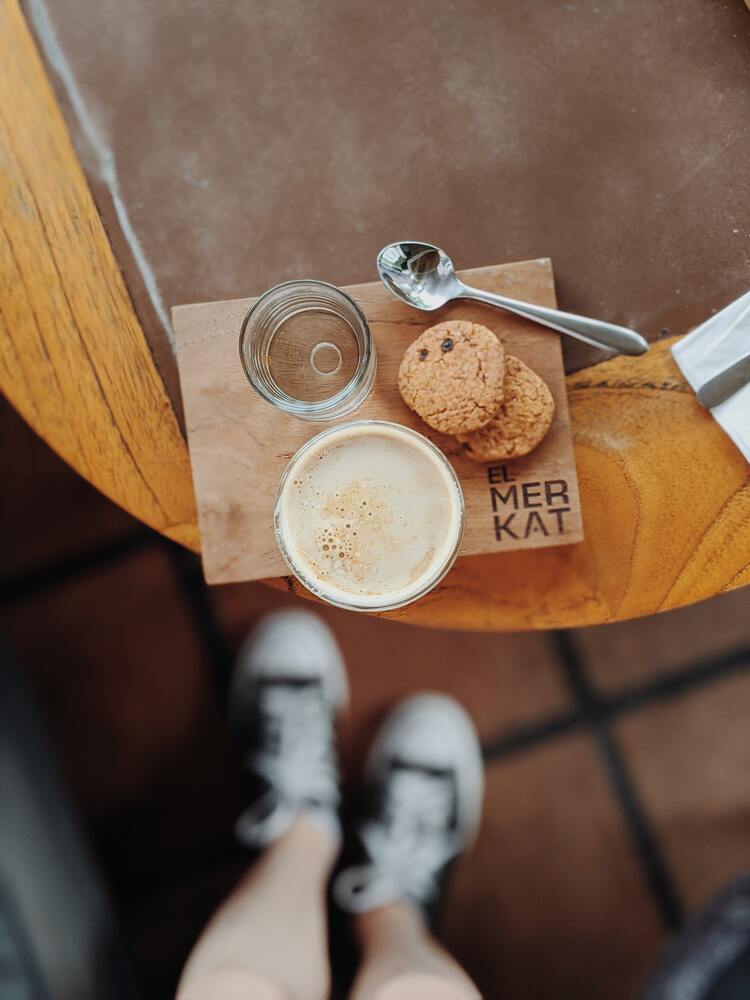
What Does a Flat White Taste Like?
The taste of a flat white can be described as rich, smooth, and balanced.
The flavor of a flat white is influenced by the espresso quality and the barista’s technique. The espresso provides a strong, bold flavor with hints of bitterness and a robust coffee taste. The steamed milk adds a creamy and slightly sweet element to the drink, enhancing the overall flavor profile.
The key characteristic of a flat white is its microfoam, created by steaming the milk to a specific temperature until a velvety texture is obtained (this is difficult to achieve). The microfoam in an excellent flat white has no large bubbles.
The microfoam creates a smooth mouthfeel and allows the flavors of the espresso and milk to blend harmoniously. The microfoam also adds a subtle sweetness and a delicate creaminess to the drink.
Understanding the Components of a Flat White
Espresso
Espresso is the key component of a flat white. It is made by forcing hot water through finely-ground coffee beans under high pressure. This creates a concentrated shot of coffee that forms the base of the flat white. The espresso in a flat white is typically made with a double shot, which means it contains twice the amount of coffee as a regular shot.
The espresso in a flat white should have a balanced flavor that is neither bitter nor sour. It should have a rich, smooth taste, slight sweetness, and a nutty undertone. The espresso should also have a thick, creamy layer of crema on top, adding to the flat white’s overall texture and flavor.
Milk
The milk in a flat white is typically steamed to a temperature between 130°F and 150°F, creating a velvety texture and enhancing the milk’s sweetness. Whole milk is the most commonly used milk for a flat white, as it has the right amount of fat and protein to create a smooth, creamy texture.
The milk in a flat white should be poured over the espresso in a slow, steady stream, creating a layered effect. The milk should be evenly distributed throughout the espresso, creating a smooth, velvety texture.
Microfoam
Microfoam is the final component of a flat white. It is created by aerating the milk with steam, which creates tiny bubbles that give the milk a silky, velvety texture. The microfoam should be carefully poured over the milk, creating a thin foam layer on top of the flat white.
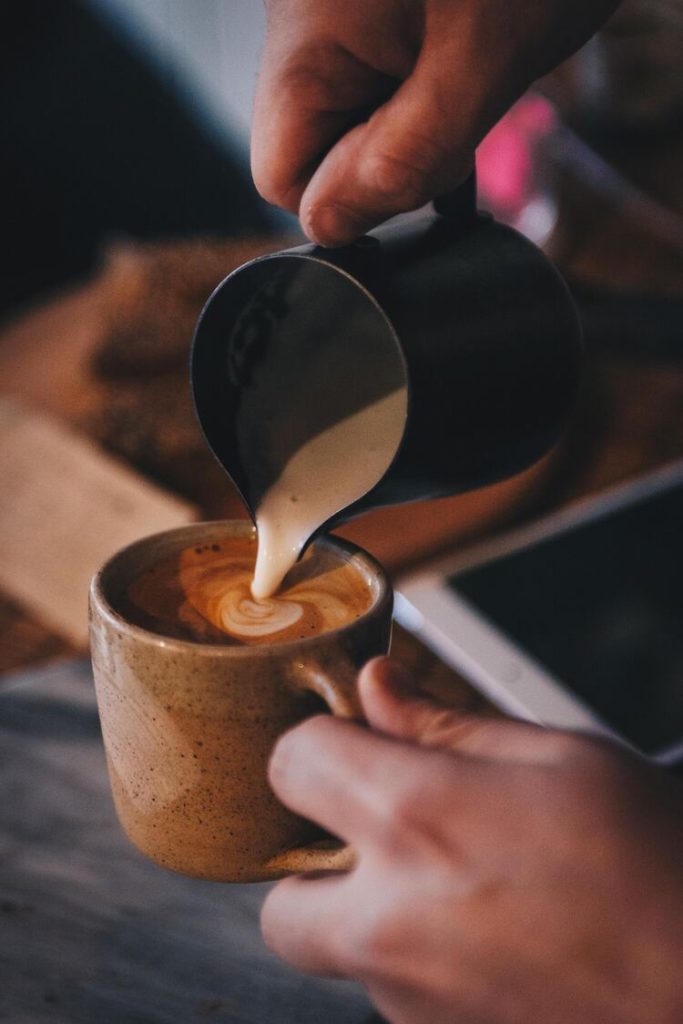
Flat White vs. Other Coffee Drinks
Flat White vs. Latte
A flat white and a latte are similar in many ways, but some key differences exist. While both drinks are made with espresso and steamed milk, a flat white has less milk and a more robust espresso flavor. A latte, on the other hand, has more milk and a milder espresso flavor.
A flat white has a velvety and smooth texture, while a latte is creamier and has more foam on top. Additionally, a flat white is usually served in a smaller cup than a latte.
Flat White vs. Cappuccino
A flat white and a cappuccino are espresso-based drinks topped with steamed milk. However, the main difference is the milk to espresso ratio. A cappuccino has equal parts of espresso, steamed milk, and foam, while a flat white has less foam and more steamed milk.
In terms of taste, a flat white has a stronger espresso flavor and a smoother texture, while a cappuccino has a more balanced flavor and a thicker foam layer on top.
Flat White vs. Macchiato
A flat white and a macchiato are both espresso-based drinks but differ in their milk content. A flat white has more milk and less foam, while a macchiato has only a tiny amount of milk and a lot of foam.
In terms of taste, a flat white has a smoother and creamier texture, while a macchiato has a stronger espresso flavor and a thicker foam layer on top.
Flat White vs. Mocha
A flat white and a mocha are both espresso-based drinks, but a mocha also includes chocolate syrup or powder. This gives the drink a sweet and chocolatey flavor, while a flat white has a more subtle and balanced flavor profile.
A flat white has a smooth and velvety texture, while a mocha has a thicker and creamier texture due to the added chocolate.
Nutritional Information of a Flat White
If you are concerned about the nutritional information of your coffee, you may be wondering what a flat white contains. Here is a breakdown of a typical flat white’s calorie, fat, sugar, and caffeine content.
Calorie Content
A standard flat white made with whole milk contains around 120-160 calories, depending on the size. If you are watching your calorie intake, you may want to opt for a smaller size or choose a milk alternative with fewer calories.
Fat Content
A flat white made with whole milk typically contains around 6-10 grams of fat, depending on the size. If you are on a low-fat diet, you may want to choose a milk alternative with lower fat content, such as skim milk or almond milk.
Sugar Content
A standard flat white made with whole milk contains around 5-8 grams of sugar, depending on the size. If you are watching your sugar intake, you may want to choose a milk alternative with lower sugar content, such as unsweetened almond milk.
Caffeine Content
A typical flat white contains around 120-150 milligrams of caffeine, depending on the size and strength. If you are sensitive to caffeine, you may opt for a smaller size or a decaf version.
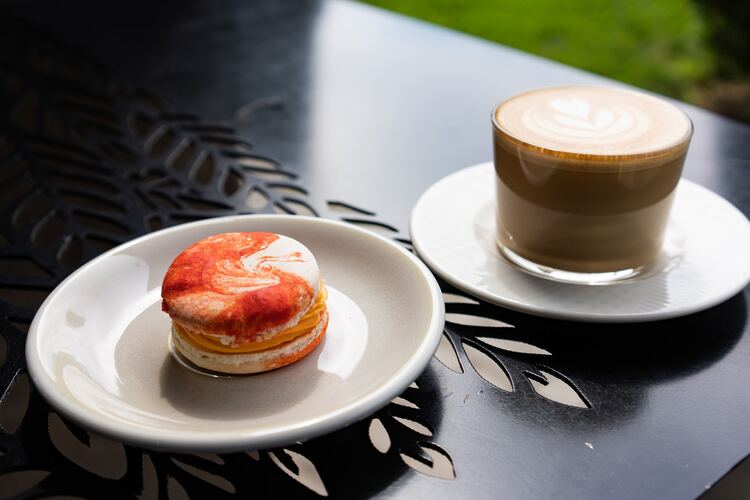
Common Misconceptions About Flat White
If you’ve never tried a flat white, you might have some misconceptions about its taste. Here are some common misconceptions about flat white that you should know about:
Confusion
One of the most common misconceptions about flat white is that it’s the same as a latte or a cappuccino. While all three drinks are made with espresso and milk, the difference lies in the ratio of milk to espresso and the texture of the milk. Flat white has a higher concentration of espresso and a velvety texture, while lattes have more milk and a creamier texture, and cappuccino has equal parts of espresso, milk, and foam.
Quantity
Another misconception is that flat white is a large drink. In fact, it’s a small drink, typically served in a 5-6 oz cup. The drink is meant to be consumed quickly without diluting the espresso with too much milk.
Espresso Shots
Some people believe that flat white is made with two shots of espresso, but this is not always the case. The number of shots can vary depending on the coffee shop and the size of the cup. However, a standard flat white is usually made with one or two shots of espresso.
Frequently Asked Questions
How does a flat white differ from a cappuccino?
A flat white and a cappuccino both contain espresso and steamed milk, but the difference lies in the ratio of milk to espresso and the texture of the milk. A flat white has less milk than a cappuccino, steamed to a silkier texture, resulting in a smoother and creamier taste.
What’s the difference between a flat white and a latte?
The main difference between a flat white and a latte is the ratio of espresso to milk. A flat white has a higher ratio of espresso to milk, resulting in a stronger coffee flavor. Additionally, the milk in a flat white is steamed to a silkier texture, resulting in a creamier taste.
Can a flat white be made iced?
Yes, a flat white can be made iced. The process is the same as making a regular flat white, but the drink is poured over ice instead of being served hot.
What’s the taste profile of a Starbucks flat white?
The taste profile of a Starbucks flat white is smooth and creamy, with a strong espresso flavor. The milk is steamed to a silky texture, which adds a velvety mouthfeel to the drink.
Is a flat white generally sweet or bitter?
A flat white is not generally sweet or bitter. The sweetness or bitterness of the drink depends on the type of espresso used and the drinker’s preference.
Which is stronger, a flat white or a latte?
A flat white is generally stronger than a latte because it has a higher ratio of espresso to milk. However, the drink’s strength can also depend on the type of espresso used and the drinker’s preference.
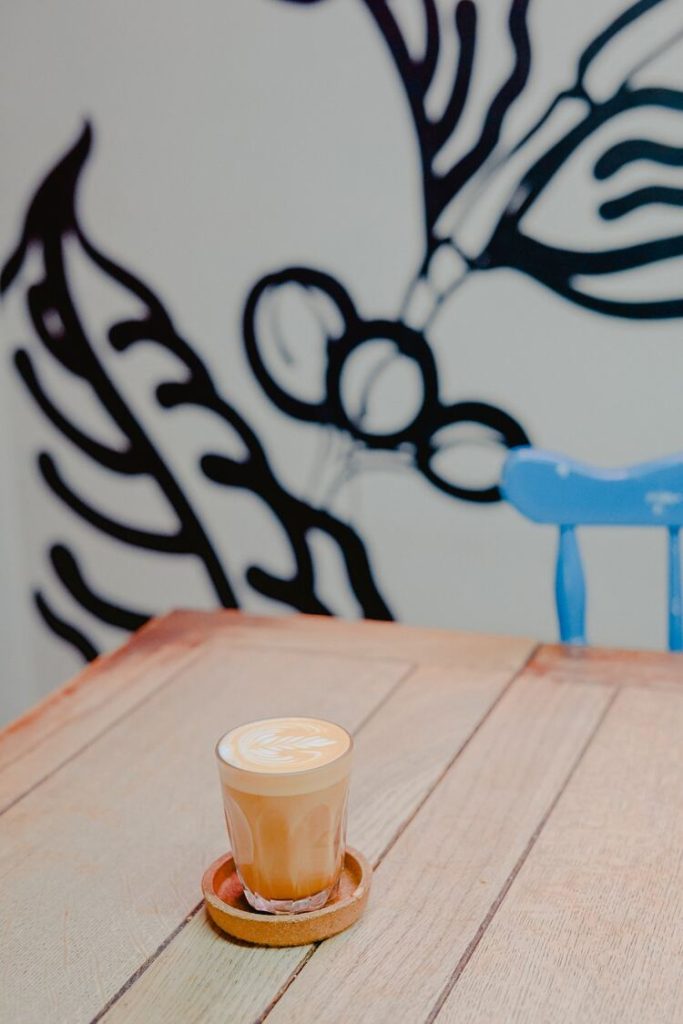
I hope you have enjoyed the article and learned something new! See you next time.
To you, what does a flat white taste like?